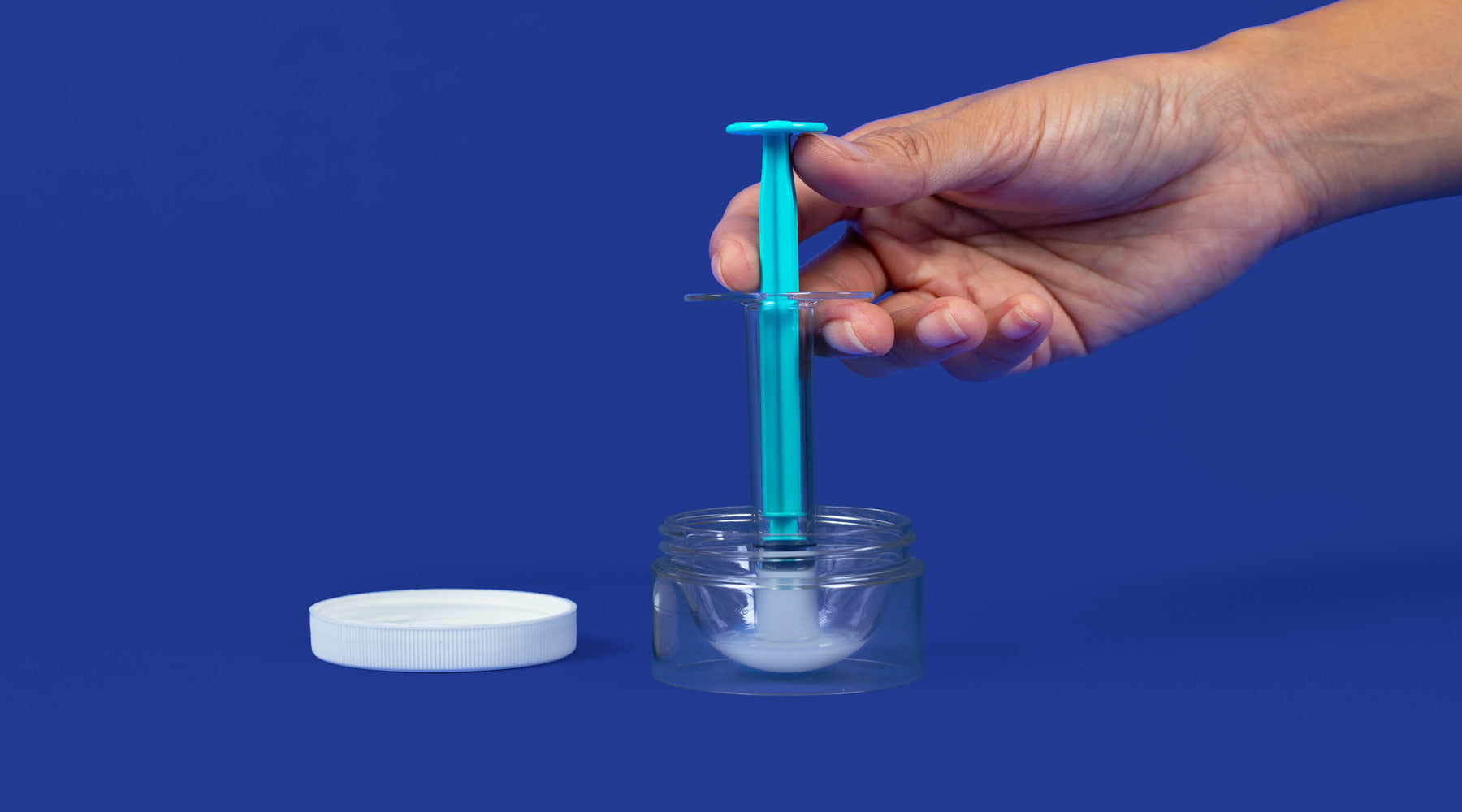Blog /How Much Sperm Do You Need to Get Pregnant?
How Much Sperm Do You Need to Get Pregnant?
- by Mindy Stoddart June 13, 2024 2 min read

Menu title
This section doesn’t currently include any content. Add content to this section using the sidebar.
Your headline
Image caption appears here
$49.00
Add your deal, information or promotional text

In the TTC community, we know sperm count matters, but how much is really needed for conception? Technically, one is all it takes: just a single sperm is required to fertilize an egg. However, for conception to occur, that sperm must first successfully reach and penetrate the egg within the female reproductive tract. And the amount of sperm needed to get pregnant also varies depending on several factors, including:
During typical ejaculation, millions of sperm–39 million on average, according to the World Health Organization (WHO)–are released into the female reproductive system (2021). This large number of sperm increases the chances of successful fertilization. However, many of these sperm may not survive the journey through the cervix, uterus, and fallopian tubes, and only a small percentage will reach the vicinity of the egg. Then, of that small percentage, hopefully a lucky sperm will find the egg and initiate conception.
The team at Mosie Baby recommends talking to a fertility specialist if you don’t get that big fat positive pregnancy test after 4-6 cycles of trying.